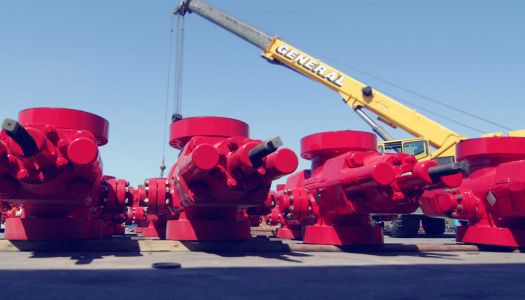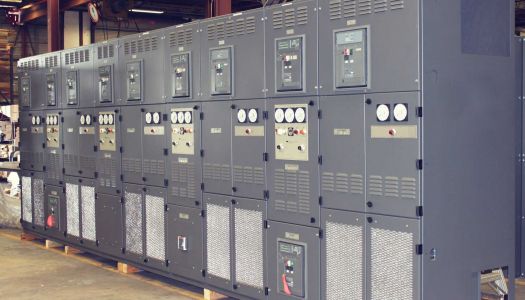Traveling block
The combination of the traveling block, crown block and wire rope drill line gives the ability to lift weights in the hundreds of thousands of pounds. On larger drilling rigs, when raising and lowering the derrick, line tensions over a million pounds are not unusual.
crown block
block
Rotary Tables
Sheave
hook
swivel :A mechanical device that suspends the weight of the drillstring. It is designed to allow rotation of the drill string beneath it conveying high volumes of high-pressure drilling mud between the rig's circulation system and the drillstring











